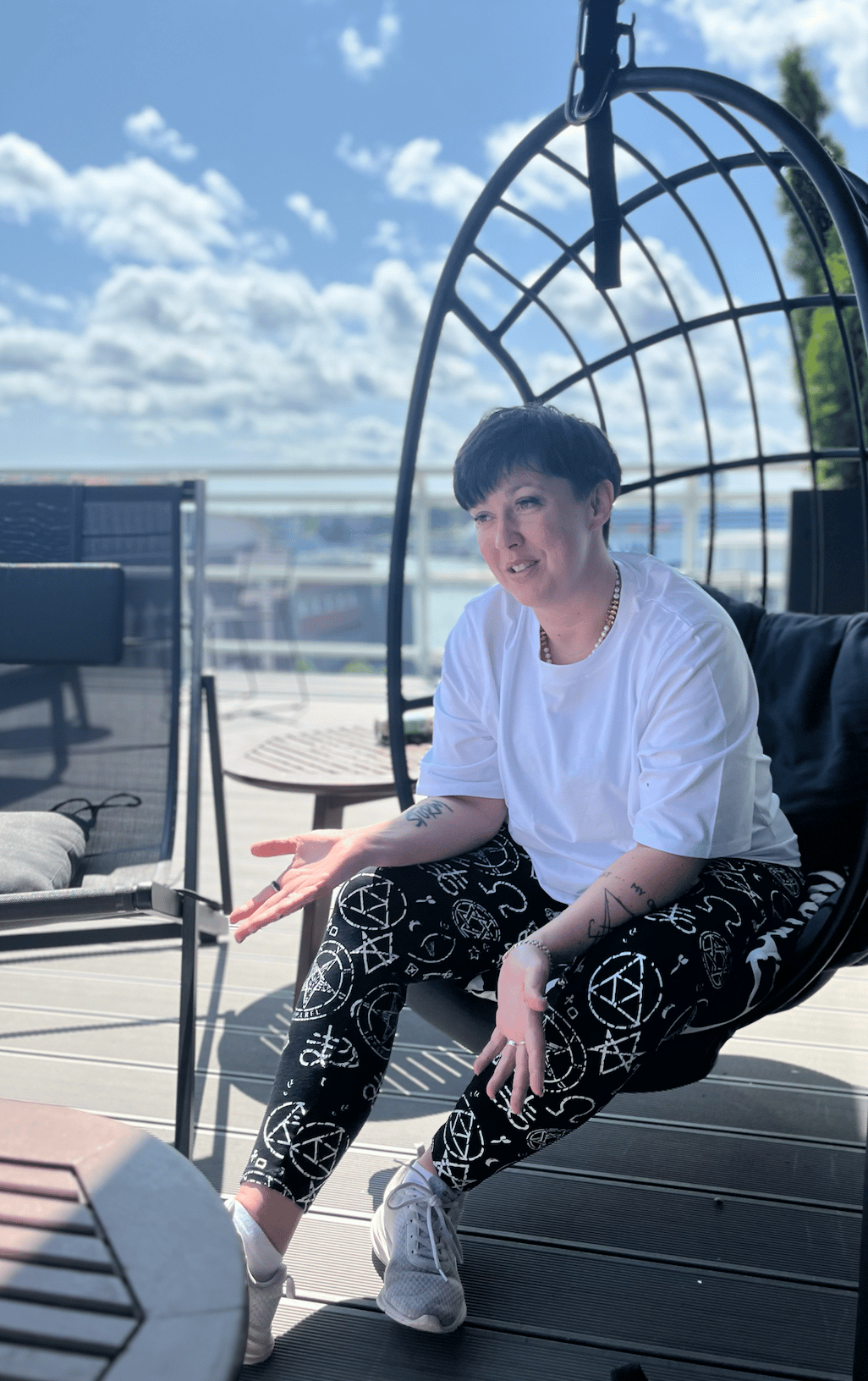- SheSells & SaaS
- Posts
- Why your SaaS GTM isn’t ready for $30B deals (yet)
Why your SaaS GTM isn’t ready for $30B deals (yet)
Oracle just closed one of the largest AI infrastructure deals in history - $30 billion over multiple years.
Oracle just closed one of the largest AI infrastructure deals in history - $30 billion over multiple years.
It’s making waves for a reason. Not just the number, but the structure of the deal: an upstream, long-term, cross-functional program built for complex buying groups and huge ACV.
Here’s the truth: SaaS companies who want to move upstream - even from $200k deals to $2M+ - are nowhere near equipped for this kind of selling. And boards aren’t pushing hard enough on rearchitecting go-to-market.
If you’re a CRO or CEO thinking “We need bigger deals,” your existing GTM playbook won’t scale.
The Oracle Deal: The Signals
Let’s break down why the Oracle deal matters beyond just AI headlines:
ACV scale: $30 billion over multiple years is more than 100x bigger than many SaaS “big wins.”
Oracle’s FY24 annual revenue (based on their last reports) was around $53 billion.
The $30 billion deal is reportedly spread over multiple years (likely 5–7 years judging by similar hyperscaler agreements).
So if you assume a 7-year contract, that’s roughly $4.3B per year of revenue.
That means per year, this one deal would represent about 8% of Oracle’s total annual turnover based on current figures.
If Oracle grows in parallel, that % might dilute, but even so, one contract carrying 8% of annual revenue for a giant like Oracle is massive - and shows just how programmatic and strategically critical these types of deals are.
Multi-stakeholder orchestration: this deal required buy-in across infrastructure, finance, legal, technical, procurement, and the C-suite.
Cross-functional GTM: Oracle didn’t show up with a lone AE. Like, it did not happen that way. We do understand that, right?? They mobilized a programmatic team spanning alliances, product, executive sponsors, delivery teams, customer success, and finance.
Program-like structure: this isn’t a “close and forget” sale. It’s an ongoing program with milestones, co-innovation roadmaps, and built-in governance.
Long-term commitment: multi-year lock-ins, performance milestones, change control clauses, phased expansions. This is a program sale, not a transactional sale.
If you lead a SaaS revenue team, this is a blueprint for what the future of upstream enterprise sales looks like. The Oracle deal is a preview of how deals over $1M will increasingly behave — especially in AI, security, data platforms, and mission-critical software.
What Boards Need to Hear
Boards are still pushing “just do more outbound,” or “hire more AEs,” but if you want to move upstream to $2M, $5M, $10M ACV:
Your GTM needs to become a cross-functional operating system.
Not just sales-led, but with marketing, product, finance, legal, exec sponsors, delivery teams - involved before the proposal stage.
You need a deal desk that acts more like a PMO.
Program management mindset, risk management, stakeholder maps, clear executive escalation paths.
Your customer journey needs to expand from pre-sale to a 3–5 year roadmap.
These deals never close if customers believe they’re buying a static product. They need confidence you will co-innovate, grow, and adapt. They are buying your companies VISION and where you are going.
Your boards should invest in deal orchestration skills, not just quota-carrying headcount.
That means budget for program managers, commercial excellence teams, playbooks for running complex RFPs, and ongoing co-delivery.
If you ignore this, your best AEs will keep winning “small big deals” ($250–500k), but stall out every time they try to sell true enterprise multi-year, multi-million-dollar programs.
What SaaS CROs Must Change Immediately
Let’s get practical. You cannot build $5M+ deals the same way you build $100k deals. Here’s what needs to change:
Map your upstream buying groups
At least 6–8 stakeholders
C-level + legal + procurement + technical + functional
Work out your executive sponsor strategy now.
Program, not project
Stop scoping “projects”
Think program roadmaps, phased expansions, milestones, co-delivery
Structure your commercial terms to support that
Pre-sale governance
Create a deal team that includes delivery, legal, commercial ops
Define clear risk owners and escalation pathways
Stop letting AEs run $5M deals alone - LIKE RIGHT NOW.
Build your own PMO
Borrow from IT project management
Think: RACI logs, governance, executive steering groups
That’s the minimum for running these multi-year structures
Sales skill upgrade
Your teams need program selling skills
Financial acumen
Stakeholder management
Conflict resolution
Basic project management
The Future of GTM at the High End
If you want to move your SaaS GTM upstream, you will need to:
design for complex buying groups
build cross-functional pods
invest in deal orchestration
embed PMO capability
and train your teams on program selling
Otherwise, the next $10M deal you target will collapse under its own weight.
That Oracle $30B story is just the canary in the coal mine. In the next 3 years, this programmatic, cross-functional, multi-year structure will be the standard for high ACV deals - for software.
Your board should be asking:
“Is our GTM built to handle a $5M program sale, or are we still a transactional shop playing enterprise dress-up?”
If the answer is the second one, you have about 12 months to fix it.
Are you on the journey?
About the author
Sara Storm is a revenue leader, consultant, and founder of Break the Box, where she helps SaaS scale-ups transform their go-to-market and sales teams to win bigger, more strategic deals. With deep expertise in structuring cross-functional, high-velocity revenue programs, Sara challenges traditional models and drives practical change that shows up in ARR fast. She works with boards, CROs, and CEOs to rethink sales skills, processes, and team design for modern, high-ACV growth.

Reply